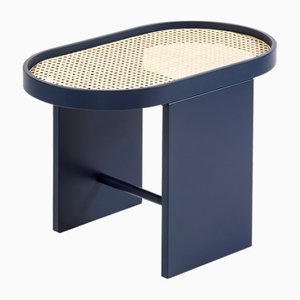Get to know multifaceted Lebanese designer Nada Debs
Falling into Place
Talented, multifaceted Lebanese designer Nada Debs grew up in Japan and studied at the Rhode Island School of Design before returning to Beirut to launch her eponymous studio in the early years. Between then and now, she's expanded her enterprise, from interior and furniture design to overseeing her own manufacturing and brand development, always highlighting her unique, culturally diverse perspective.
Currently leading a team of 20 designers, Debs produces an annual furniture collection under her own brand, while also responding to commissions from private clients and global interiors brands. She even occasionally creates artworks. The studio's aesthetic is heavily informed by Debs's multicultural background, combining delicate decorative elements with a clean contemporary sensibility and expert craftsmanship. Forever chic and refined but never shy, Debs's bold pieces speak for themselves.
We had the joy of catching up with this prolific rising design star, just as she got home from a hectic trip to Milan. She offered us delightful insight into her love of craft, culture, and storytelling.
Pamono: What drew you to design; how did you find yourself in the industry?
Nada Debs: I’ve always had a love for design, and I’ve always loved drawing and coloring and working with my hands since I was very young. But when I went to study Interior Architecture at the Rhode Island School of Design in the USA, I found myself drawn to one course—Furniture Design—where I was able to bring together different materials in a functional object. This passion made me want to continue making furniture even on the weekends when I was working as an interior architect. It really was a passion for craft and furniture design that brought me to where I am today.
P: You have such an interesting biography and have lived in so many parts of the world. What's your absolute favorite place to be and why?
ND: I love being in both Kobe, Japan, and Beirut, Lebanon—the two cities together make me feel whole. They are opposite cultures in many ways and that resonates with my sense of duality.
P: Name one area of research or key idea that is informing your practice right now.
ND: The research that keeps coming back to me is how to keep craft alive despite technology taking over. So I work a lot on craft techniques that cannot be mimicked by machine.
P: What's your favorite medium to work with and why?
ND: I love wood. I feel it’s a living material. Every grain is different, and it’s warm to the touch. We can sand it or keep it rough. It has soul.
P: You've spoken about how emotions and storytelling are central to your work; can you tell us the story of a crossroads or turning point in your life?
ND: I have always been a loner and found that I didn’t fit with any culture—I always yearned to belong. When I moved to Beirut and visited the Syrian inlay workshop for the first time, I was touched by the pride and passion of the craftsmen. I also realized that the craft needed updating, and I had a "Eureka moment" to do something about it. When I was able to bring my Japanese aesthetic sensibilities to Middle Eastern craft, and then create a new vision, I realized that the fusion of two opposing cultures can be an asset and not a hindrance to who I was.
P: Tradition and craft are part of your key values; what is one dying tradition that you'd like to bring back to life?
ND: I think the traditional way of glassblowing is interesting and may be worth attempting to work on some new ways of working with it without looking so artisanal. But also the craft of inlay is beautiful, and I believe there are more ways to explore it using different materials.
P: Will technology save the world or destroy it? Are there any technologies that have changed your life?
ND: We cannot deny the presence of technology, and I believe it should exist to simplify people’s lives. But when technology takes over what human beings are here on earth to do—such as using our hands and fingers when we write or paint or sculpt or craft; or communicating face to face—then it will eventually destroy human nature. So as someone working with craft, I try to create objects that use our hands as much as possible and rely as little as possible on technology even if it may take longer. I say, "Slow is the new fast!"
P: Which contemporary artist or designer do you most admire?
ND: I respect Patricia Urquiola, because I believe she deserves much credit for introducing softer forms into contemporary design, as well as introducing craft techniques and inspiration from craft into industrial objects.
P: Which of your own designs are you most obsessed with at the moment?
ND: I am obsessed with the Funquetry collection, which is a fun play on marquetry.
P: What advice would you give to your 18-year-old self, or what is the best piece of advice you ever received?
ND: Do what you love; that which brings you joy and happiness when you are doing it. Don’t give up, even if it takes time to succeed. Everything will always fall into place.
More to Love
Teta Table by Nada Debs

Squid Table by Nada Debs

Teta Table by Nada Debs
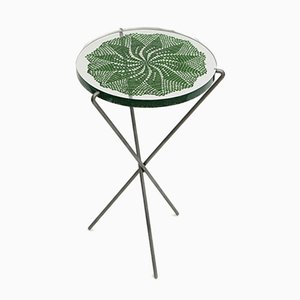
Funquetry Wall Shelving Unit by Nada Debs

Ali Baba Cabinet by Nada Debs
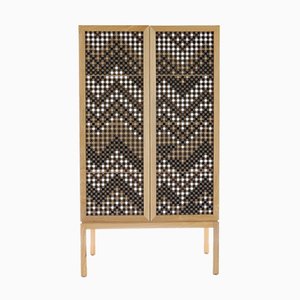
Star Shelf by Nada Debs

Totem Bar by Nada Debs
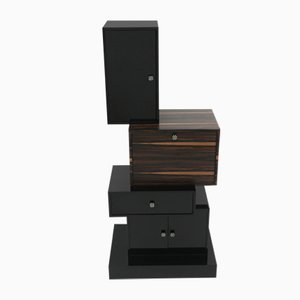
Vintage Cabinet by Nada Debs

Summerland Console by Nada Debs
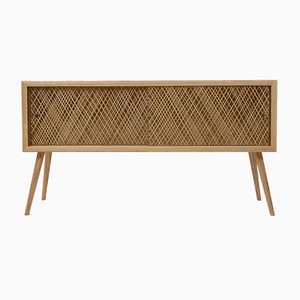
Scattered Shelf by Nada Debs

Wared Bar by Nada Debs
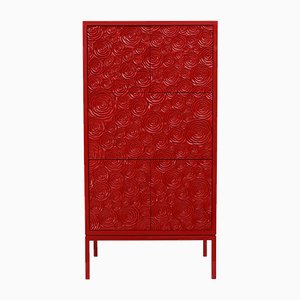
Hatch Buffet by Nada Debs

Zen Sofa by Nada Debs

Conical Console by Nada Debs

Slice Console by Nada Debs
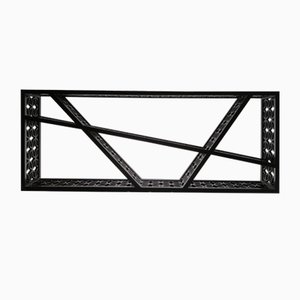
Tabla Table by Nada Debs
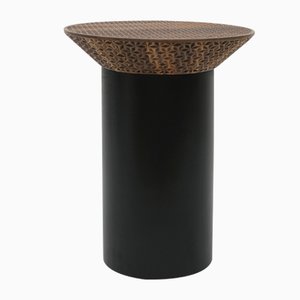
Sefefo Color Series Stool with Painted Trim by Patricia Urquiola for Mabeo
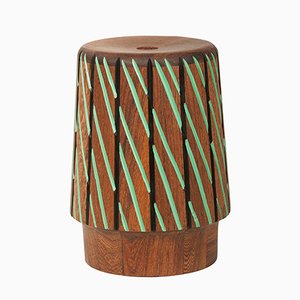
Origami Console by Nada Debs

Pebble Table by Nada Debs
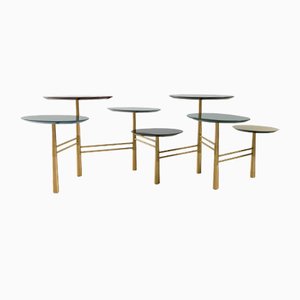
Pebble Table by Nada Debs

Tapis D’orient Pebble Table by Nada Debs

Modca Dining Table by Nada Debs

Web Dining Table by Nada Debs

Serra Dining Table by Nada Debs

Pebble Table by Nada Debs

Geometrik Low Table by Nada Debs

Tapis d’Orient Pebble Table by Nada Debs
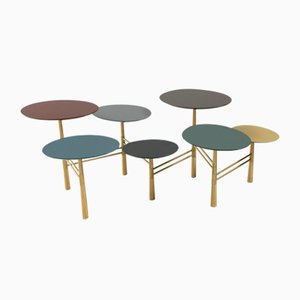
White Pebble Table by Nada Debs
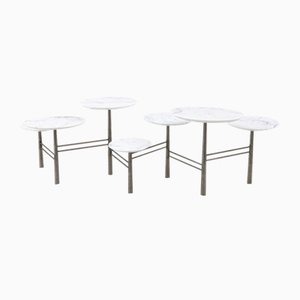
Drum Table by Nada Debs

Coffee Bean Table by Nada Debs

Coffee Bean Table by Nada Debs
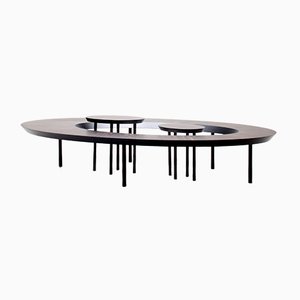
Tabla Table by Nada Debs

Vintage Tripod Table by Nada Debs

Brass Pebble Table by Nada Debs

Web Low Table by Nada Debs
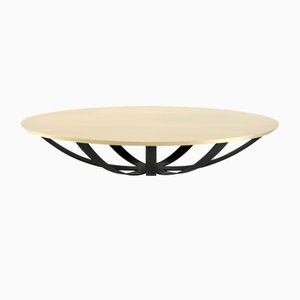
Geometrik Low Table by Nada Debs

Geometrik Low Table by Nada Debs

Sculpture Table by Nada Debs
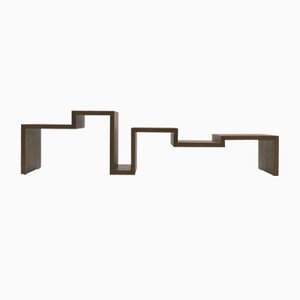
Colored Pebble Occasional Table by Nada Debs

Sefefo Color Series Stool in Black and Green by Patricia Urquiola

Versi Tray Small by Patricia Urquiola for Editions Milano
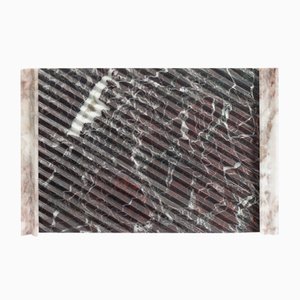
Versi Carafe Large by Patricia Urquiola for Editions Milano
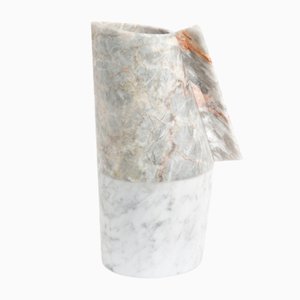
Versi Carafe Small B by Patricia Urquiola for Editions Milano
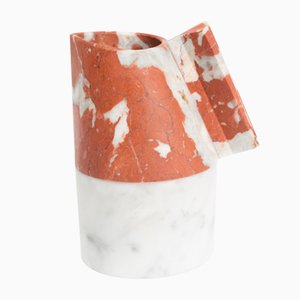
Versi Carafe Small A by Patricia Urquiola for Editions Milano

Sefefo Occasional Table by Patricia Urquiola

Sefefo Long Table with Painted Trim by Patricia Urquiola for Mabeo
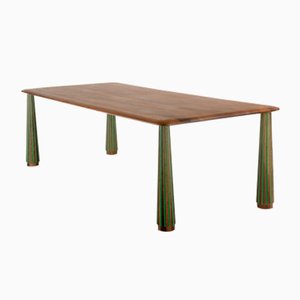
Naledi Side Table with Weaving by Patricia Urquiola
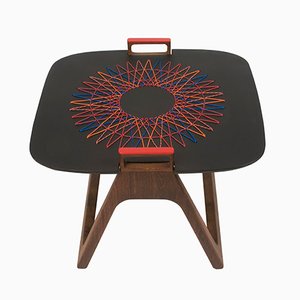
Kika Stool with Painted Trim by Patricia Urquiola

Kika Stool by Patricia Urquiola

Sefefo Long Table by Patricia Urquiola for Mabeo
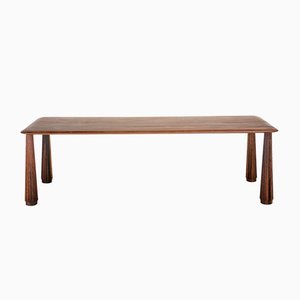
Sefefo Occasional Table by Patricia Urquiola

Naledi Side Table with Weaving by Patricia Urquiola

Sefefo Color Series Dining Table with Painted Trim by Patricia Urquiola for Mabeo

Versi Tray Large by Patricia Urquiola for Editions Milano
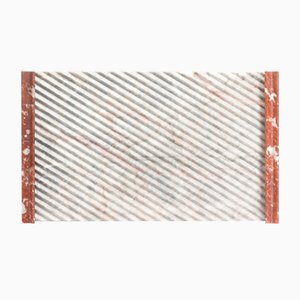
Minimalist Purple Suede Corner Chair by Patricia Urquiola for Moroso, 2002
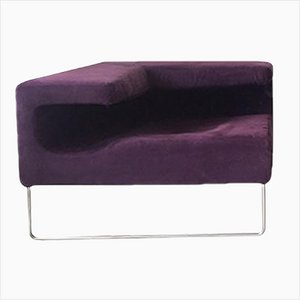
Strand Armchair by Nada Debs

Diwan Bench by Nada Debs

Arabesque Armchair by Nada Debs

Zen Lounge Chair by Nada Debs
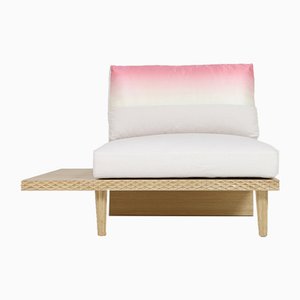
Strand Sofa by Nada Debs

Summerland Armchair by Nada Debs
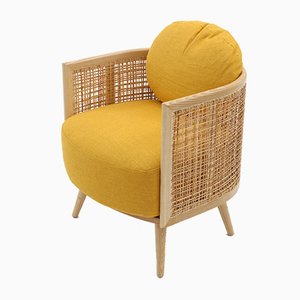
Summerland Sofa by Nada Debs
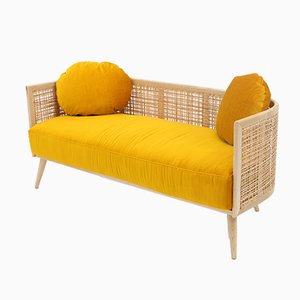
Terrazza Sofa by Nada Debs

Terrazza Armchair by Nada Debs
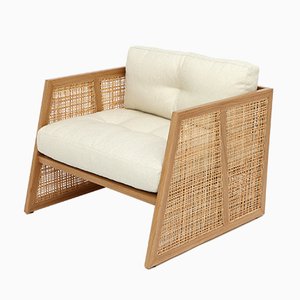
Arabesque Bean Bag Chair by Nada Debs
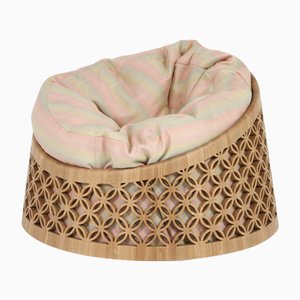
Arabesque Dining Chair by Nada Debs
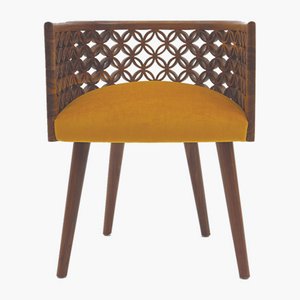
Strand Dining Chair by Nada Debs
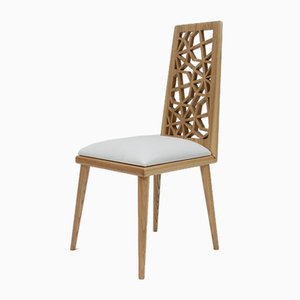
Arabesque Stool by Nada Debs
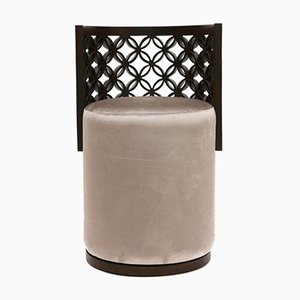
Summerland Bench by Nada Debs

Funquetry Pleated Stool by Nada Debs

Box Nightstand by Nada Debs

Summerland Paravent by Nada Debs
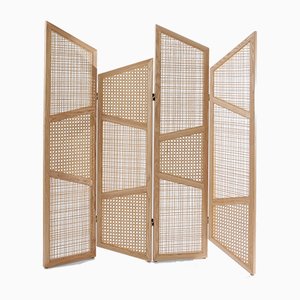
Arabesque Love Seat by Nada Debs
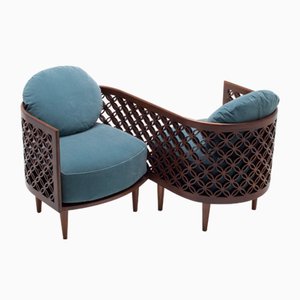
Steel Blue Piani Side Table by Patricia Urquiola for Editions Milano, 2019
